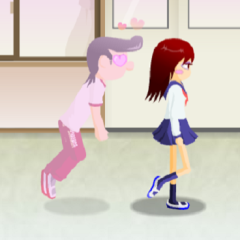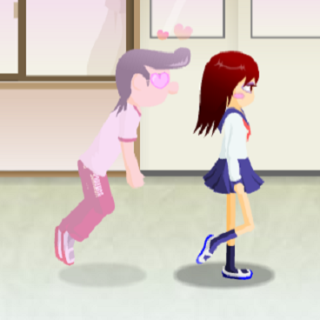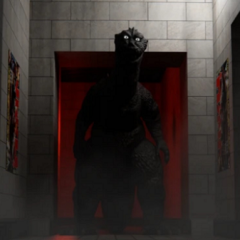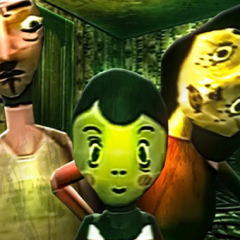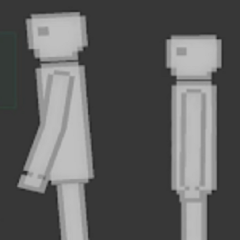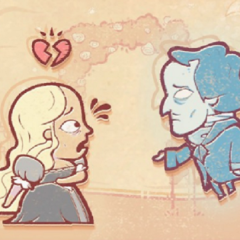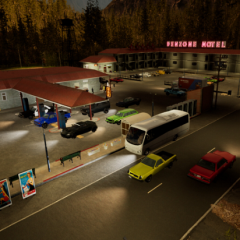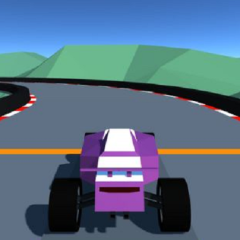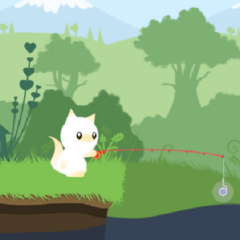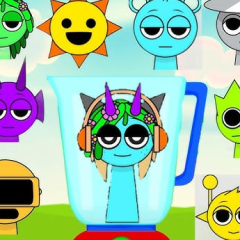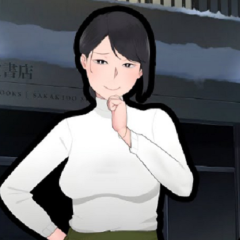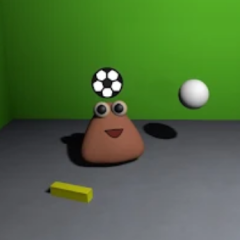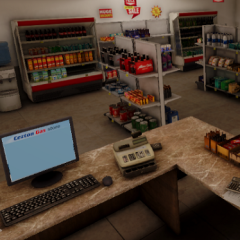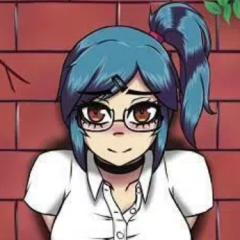Sonic 1 Exe is a modified version of the original Sonic the Hedgehog, known for twisting the core structure of the game into something unrecognizable. At first glance, it resembles the 1991 classic, but as soon as gameplay begins, differences become apparent. The title screen changes slightly, the music is slower, and certain background elements look corrupted. This sets the tone for a playthrough that quickly diverges from anything standard.
Manipulated Progression and Player Control
Instead of offering straightforward platforming, Sonic 1 Exe disrupts level design and pacing. The player might encounter loops that don’t end, gaps that weren’t present before, or obstacles that reset the level entirely. Certain areas may force the player into slow movement or automatic sequences where jumping no longer works. Traditional controls exist, but they are often interrupted by the game’s programmed instability.
Key features that commonly appear include:
· Sudden screen glitches and color shifts
· Incomplete sound effects or reversed audio
· Character appearances that are unprompted
· Levels that load out of order
· Player input being delayed or ignored
Shifting Atmosphere and Tension
The shift in gameplay style removes most of the fast-paced energy associated with Sonic. Instead, the focus is on exploring areas that grow increasingly broken or silent. The game uses long stretches of minimal input to build discomfort. Familiar elements from the original game are reused in ways that feel out of place, such as familiar zones with altered physics or sound distortions that repeat unnaturally.
Visual Cues and Unclear Intent
Sonic 1 Exe does not give players clear information about its purpose or direction. While the visuals point toward intentional design, there is no official narrative or dialogue. Players must rely on environmental clues and repeated attempts to understand what’s happening. Elements like changed character sprites or incomplete animations suggest some deeper message, but the lack of confirmation adds to the sense of disorder.
Distortion as Gameplay
Rather than challenge through platforming or combat, Sonic 1 Exe offers disruption as the main mechanic. It relies on the player’s knowledge of the original to recognize when something is wrong. This contrast between memory and new input creates a unique form of engagement. The result is not a remake or sequel, but a reinterpretation that uses failure, glitching, and inaction to create a different kind of game experience.

